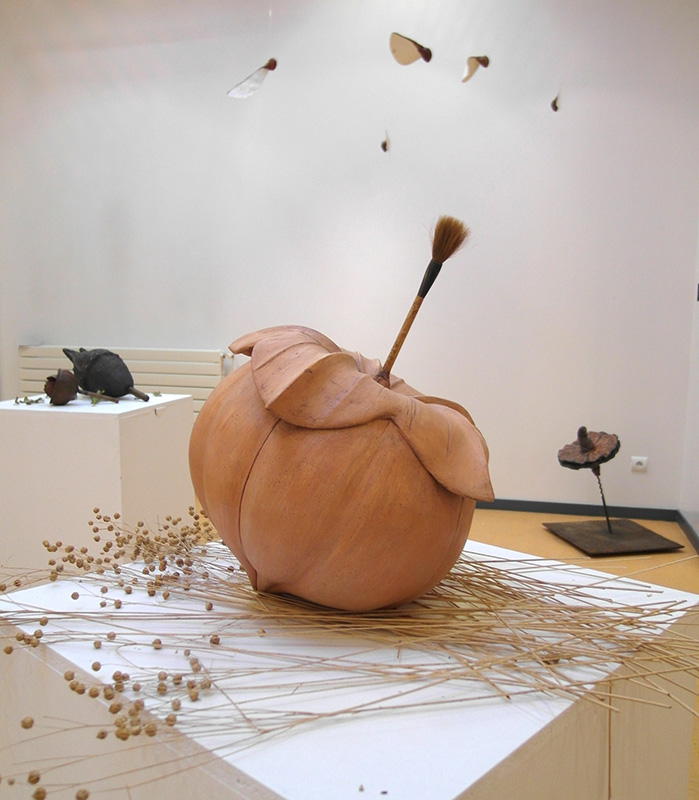Seeds
-
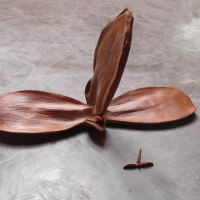 Calocedrus, 25 cm
Calocedrus, 25 cm
-
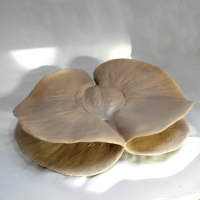 Pterodiscus seed 40 cm. Real size:1,5 cm
Pterodiscus seed 40 cm. Real size:1,5 cm
-
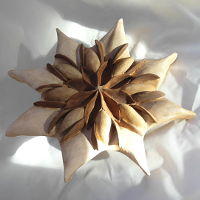 Open lithops seed, 40 cm.
Open lithops seed, 40 cm.
-
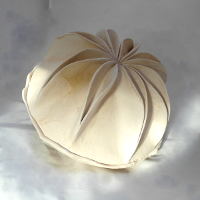 Closed lithops seed 40 cm. Real size: 1 cm
Closed lithops seed 40 cm. Real size: 1 cm
-
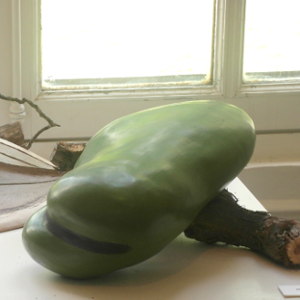 Bean and seed of dill, 50 cm
Bean and seed of dill, 50 cm
-
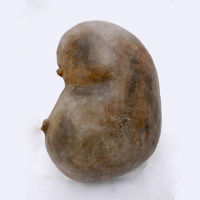 Baobab seed, 34 cm
Baobab seed, 34 cm
-
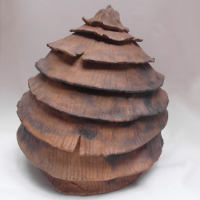 Delphinium seed, 35 cm. Real size: 2 mm
Delphinium seed, 35 cm. Real size: 2 mm
-
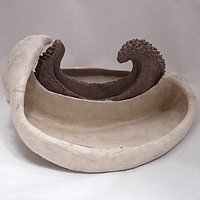 Marigold seed, 25 cm
Marigold seed, 25 cm
-
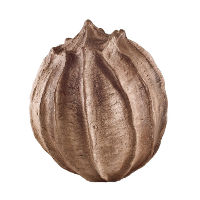 Coriander, 20 cm
Coriander, 20 cm
-
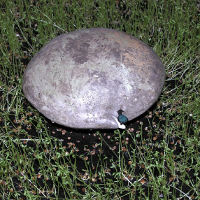 Geminated lentil, 35 cm,
Geminated lentil, 35 cm,
GMO with a little lens protecting de germ
-
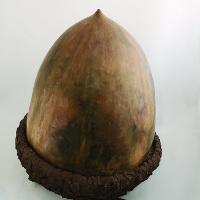 Acorn of oak, 50 cm
Acorn of oak, 50 cm
-
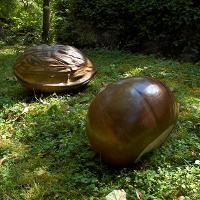 Nut and chestnut, 55 et 45 cm
Nut and chestnut, 55 et 45 cm
-
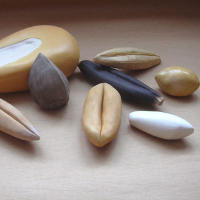 Rye, barley, oats, buckwheat, millet, rice, maize, wheat, 10 to 38 cm
Rye, barley, oats, buckwheat, millet, rice, maize, wheat, 10 to 38 cm
-
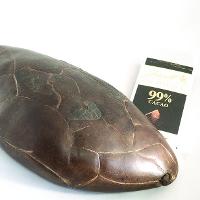 Cacao seed, 45 cm
Cacao seed, 45 cm
-
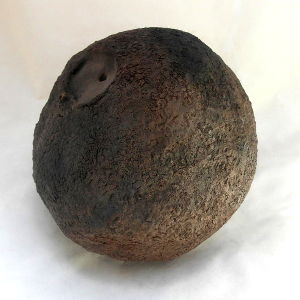 Madder seed, 35 cm. Real size: 8 mm
Madder seed, 35 cm. Real size: 8 mm
-
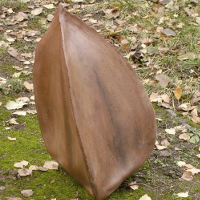 Beechnut, 55 cm
Beechnut, 55 cm
v
-
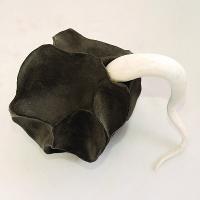 Germinated seed of leek, 26 cm
Germinated seed of leek, 26 cm
-
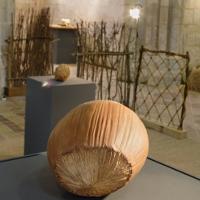 Hazelnut, 45 cm
Hazelnut, 45 cm
-
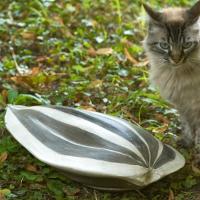 Sunflower seed, 60 cm
Sunflower seed, 60 cm
-
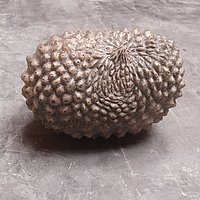 Silene seed, 15 cm
Silene seed, 15 cm
-
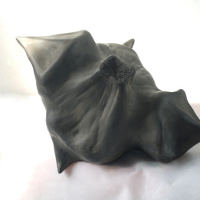 Water caltrop, 45 cm
Water caltrop, 45 cm
-
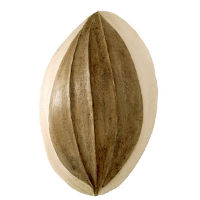 Dill seed, 50 cm
Dill seed, 50 cm
-
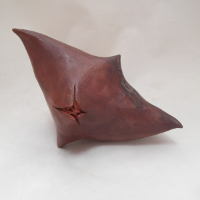 Tétragonia, 15 cm
Tétragonia, 15 cm
-
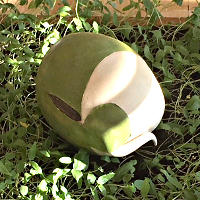 Mungo bean, 45 cm
Mungo bean, 45 cm
-
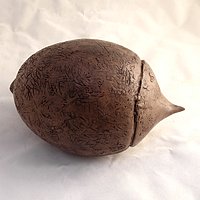 Xylocarpa, 20 cm
Xylocarpa, 20 cm
-
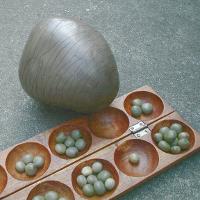 Nicker bean, 20 cm
Nicker bean, 20 cm
10 reasons for sculpting seeds instead of people or animals.
- I love plants and seeds are their babies
- They were on earth before animals and are the source of oxygen.
- Seeds are beautiful and have surprising forms that do not exist at our scale.
- Seeds are all around us, minuscule, and trees and plants produce millions.
- They seem banal but hide a concentration of life, possibly immense trees.
- They are the basis of our nutrition: wheat, rice, corn, sprouts; they are filled with vital nutrients.
- Symbolically they represent the future.
- They die in order to give birth to the plant, which will in turn produce a new generation of seeds; they are part of an evolutionary cycle.
- Making them bigger opens up a new and mysterious world, close to abstraction but also to the natural state.
- In this sad epoch of accelerating extinction of nature’s species I want to be a witness of the beauty and richness of plants.


























